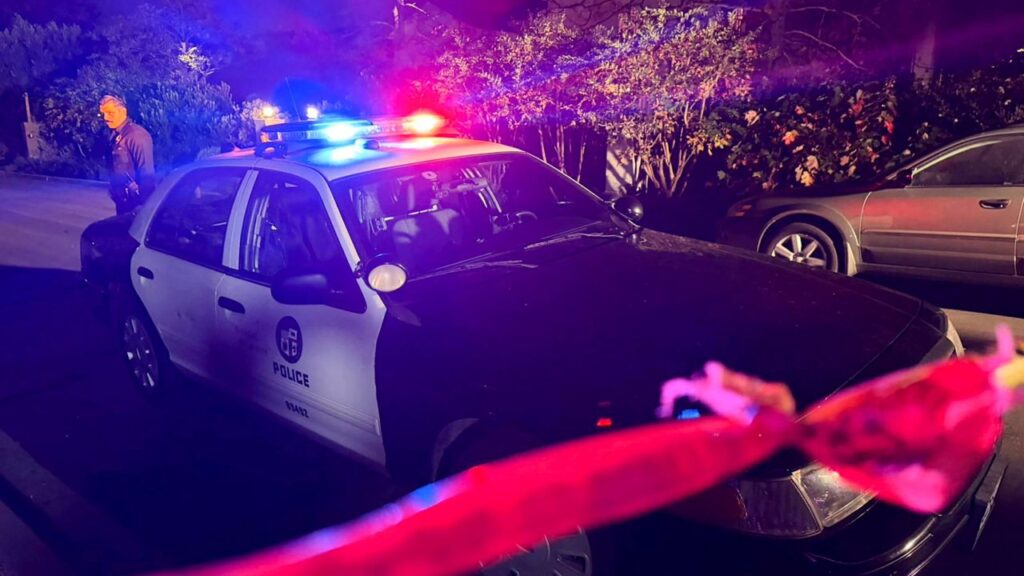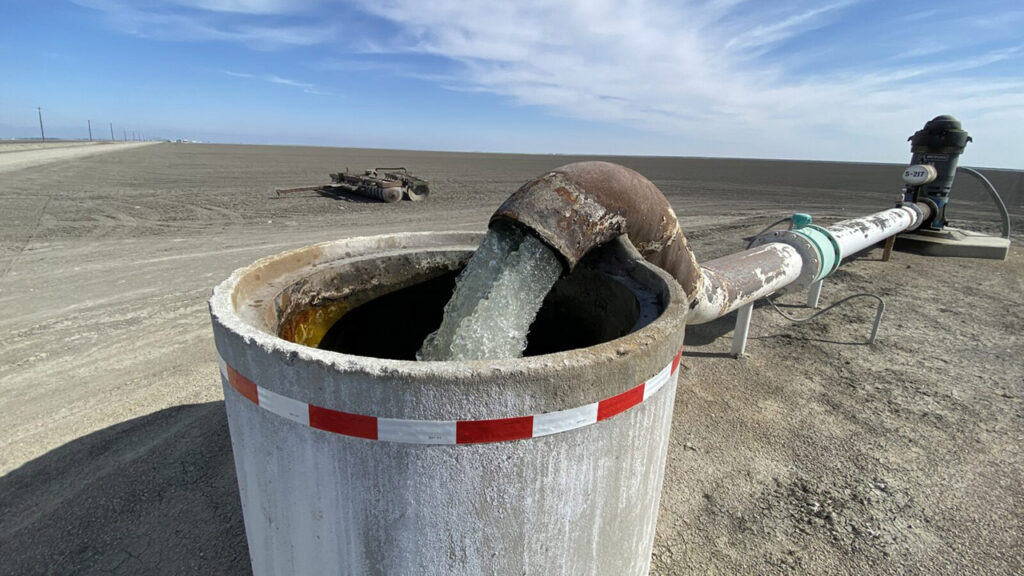Share
When Henry Brown got his ballot in the mail last month, the 74-year-old California musician didn’t agonize over his decision. He filled it out and mailed it back on the same day.
“It’s more convenient, less stressful,” he said.
And it could soon become a permanent part of elections in the nation’s most populous state. This year, because of the coronavirus pandemic, all of California’s more than 22 million registered voters got a ballot in the mail at least 29 days before Election Day along with a postage-paid envelope to send it back. Most counties offered fewer in-person polling places, but they opened them earlier, at least three days before Nov. 3.
When the polls opened on Tuesday, more than 12.7 million people — nearly 60% of the state’s registered voters — had already voted. The result was shorter lines on Election Day in most places and more votes counted on Election night in a state notorious for its slow return of results.
Now, California’s Democratic leaders are weighing whether to make those changes permanent. Gov. Gavin Newsom called the idea “fabulous” in an interview with Politico. Toni Atkins, president pro tempore of the California Senate, said the election made it “crystal clear” that “providing every voter with the ability to choose whether to vote from home or in person should be California’s new normal.”
“I think that’s going to become a permanent feature,” said state Sen. Tom Umberg, a Democrat from Santa Ana and chair of the Senate Elections and Constitutional Amendments Committee.
California already allowed voters to select voting by mail for any reason. The percentage of California ballots cast by mail has been steadily increasing since 2001, when a state law let people opt to permanently receive their ballots in the mail ahead of elections. Vote-by-mail ballots have accounted for more than half of all votes in every statewide election since 2012.
Five States Conduct All Elections Entirely by Mail
Until recently, it’s been an option embraced by both major political parties. But Republican President Donald Trump’s frequent claims — without evidence — that voting by mail increases fraud seems to have soured some Republicans.
“Unsurprisingly Democrats now want that to be the norm for all future elections. Why? Probably because it’s much easier to control the outcome of an election,” said state Sen. Melissa Melendez, a Republican from Lake Elsinore.
Five states conduct all elections entirely by mail, and at least 21 others allow smaller elections to happen by mail, according to the National Conference of State Legislatures. Twelve states expanded vote-by-mail options for the 2020 election.
But with more than 25 million eligible voters, mailing ballots in California is more expensive. The Department of Finance said it cost $65 million just to mail ballots to all of the voters this year who don’t normally receive one — about 5.6 million people.
The state could do that this year, in part, because it had millions of dollars in coronavirus aid form the federal government. The state budget included $111.6 million for the election, with more than half of that coming from the federal government. Most of that money won’t be available for future elections.
Local governments typically pay for elections, but they get reimbursed for things the state requires them to do. The state had a $54.3 billion budget shortfall this year because of the economic downturn caused by the pandemic, and Gov. Gavin Newsom’s administration is projecting an $8.7 billion shortfall next year. Its likely the state will still be recovering from budget cuts when the next statewide election happens in 2022.
It’s Unclear What California’s Final Voter Turnout Will Look Like
That doesn’t deter Assembly Speaker Anthony Rendon, another Democrat, who said the Legislature views voting by mail as “the wave of the future.”
“I personally believe the benefits would outweigh the costs,” he said.
Assemblyman Phil Ting, the Democratic chair of the Assembly Budget Committee, said cost would be an issue. But he said mailing ballots could save money by resulting in fewer in-person polling locations and the people to staff them.
It’s unclear what California’s final voter turnout will look like. The state is likely to set a record for total ballots cast. But the percentage of registered voters who cast ballots could be lower because the state has more people registered than ever before.
Three small counties — Alpine, Plumas and Sierra — already conduct all-mail elections. Fifteen counties, including big ones like Los Angeles, Orange and Fresno, chose to begin sending ballots to all registered voters under the Voters Choice Act, a state law passed in 2016.
That makes the process more flexible for voters, and it helps election officials process votes faster, said Brandi Orth, Fresno County’s registrar of voters and president of the California Association of Clerks and Election Officials.
“We basically provided them four different ways to return a ballot,” she said.
RELATED TOPICS:
Categories



















